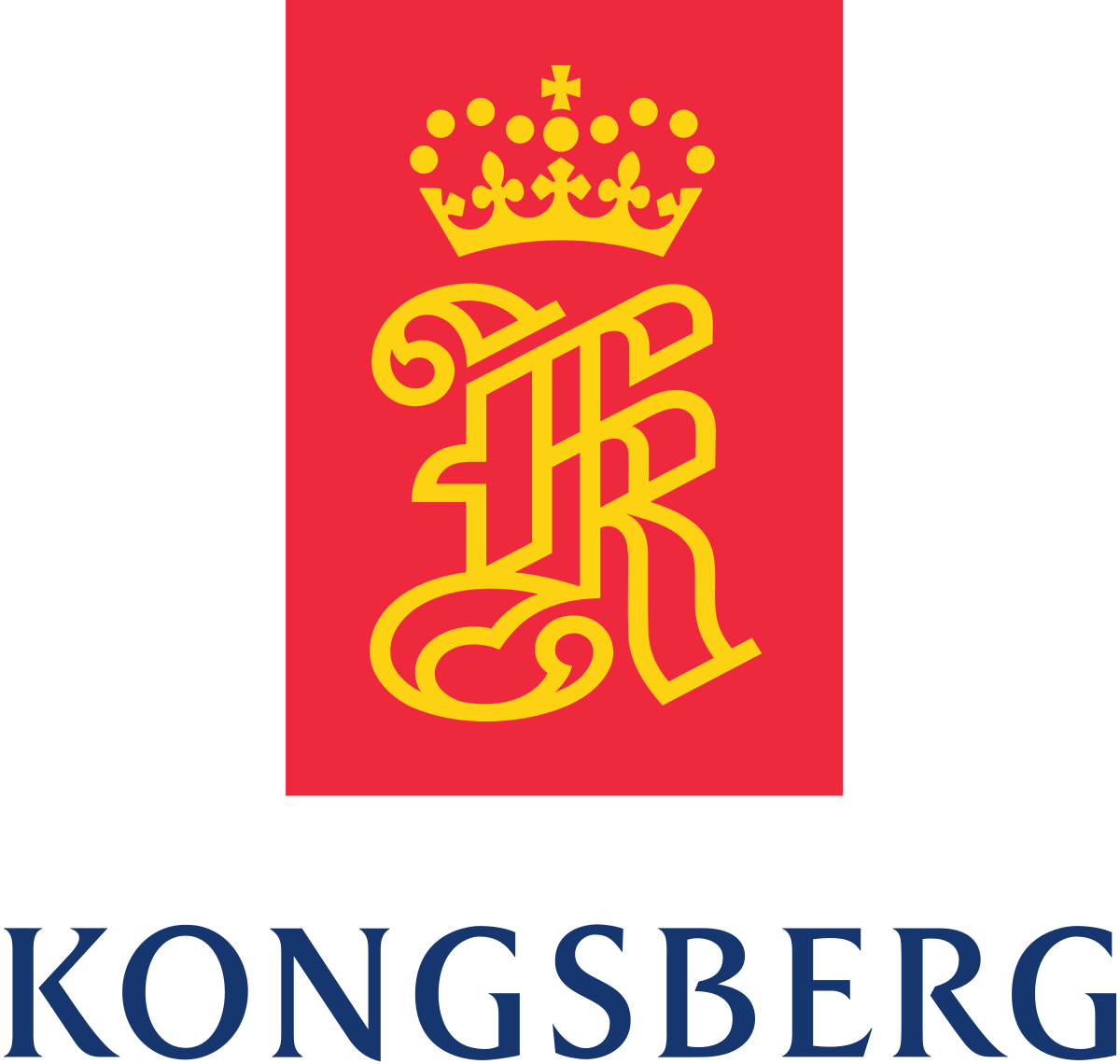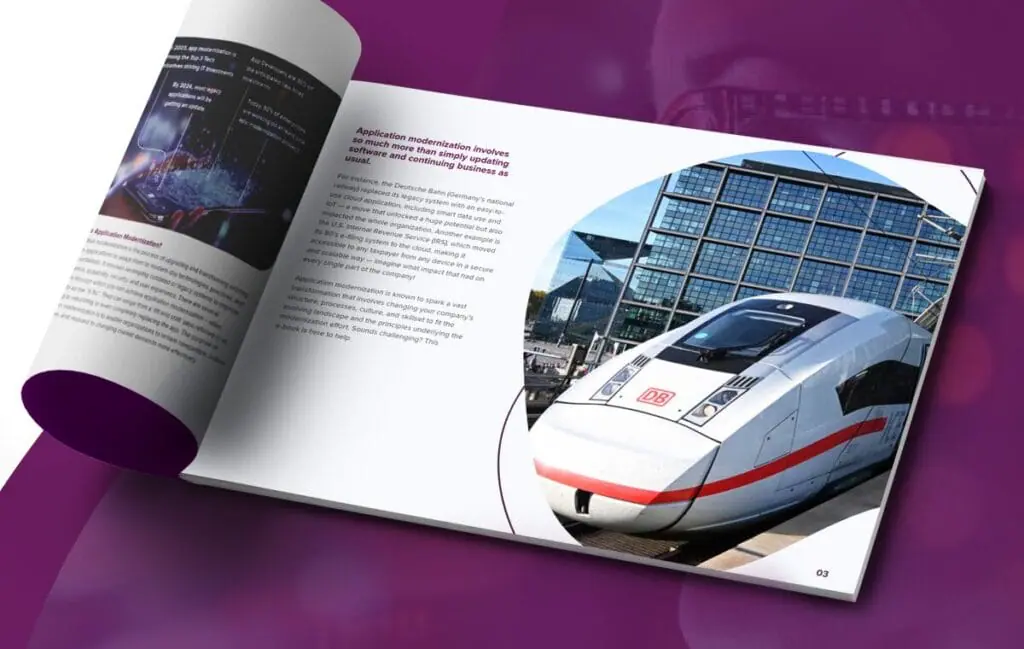Related Services
Cloud Technology
Industry
Industrial Machinery Manufacturing
Company
Xebia
Kongsberg Digital is a provider of next-generation software and digital solutions to customers within maritime, oil & gas, and renewables & utilities. In addition, Kongsberg Digital is the group-wide center of digital expertise for the International Kongsberg Group. In this case study, we've collected the highlights of an extraordinary partnership between Kongsberg and Xebia.
Eight Year's Partnership
For the past eight years, Xebia has been part of Kongsberg’s journey to the cloud.
The last time our marketing team contacted the developer of state-of-the-art maritime simulation technologies, it had just launched its first ‘simulator-as-a-service.’ It was 2020, and after the prime minister announced that all schools had to close due to Covid-19, Kongsberg reached out to its customers. Gullik Jensen, Product Director of Kongsberg Digital, says, “We were honest about the simulator not being 100 percent ready, but we offered it to them for free anyway. We figured that, given the circumstances, anything was better than nothing. Lo and behold, schools managed to complete their exams, and students still received a certificate through training from the safety of their homes. That was when we knew we were on to something!”
What strides has Kongsberg made since then? Let’s find out!
Kongsberg Digital
For over half a century, Kongsberg has been enriching training and education for seafarers, and its carve-out, Kongsberg Digital, is indispensable in this effort. “At the Maritime division of Kongsberg Digital, we create next-generation software and digital solutions for over half of the 60,000 ships currently sailing the world,” says Jensen. He continues: “We combine the simulation of ships, the environment, and real systems to create a fabulous training tool that allows people to practice with extreme conditions and become familiar with the instruments used on so many ships across the globe.”
Traditionally, Kongsberg’s simulators, a combination of hardware and software, were shipped to schools and training centers worldwide and installed onsite. But, with the company’s huge focus on digitalization, that was about to change!
"This industry offers endless opportunities and potential. Our biggest challenge is to select what will be of most value to our customers.” — Gullik Jensen, Product Director Kongsberg Digital.
Making Simulators Extremely Accessible
The maritime (training) sector was slow to change until sustainability became a priority, and companies like Kongsberg started putting a lot of energy into digitalization and innovating and improving processes, systems, and tools.
The industry is undergoing major change, and as a result, life-long learning is more relevant than ever before. Jensen, “And that’s exactly why we want to make our simulators accessible to anyone, anywhere, anytime. To make that possible, moving from an on-premise to a cloud service was a no-brainer.”
Kongsberg did not decide to create a cloud offering on its own. Jensen, “Our customers asked us to place them at the heart of the transformation. They literally said, ‘The most important thing you can do for us is move simulation training out of physical training centers.’ So that’s what we did!”
"We want to help our customers achieve their goals of a safer maritime industry with better trained and more efficient people, but the cloud was a difficult topic. So we started small and focused on value. Value makes it tangible for everyone.” — Gullik Jensen, Product Director Kongsberg Digital.
In 2020, Kongsberg launched its very first ‘simulation-as-a-service’ on Microsoft Azure, facilitating global access, easy service, and anywhere training for users in the marine, offshore, and maritime industries.
The Benefits of Simulation-as-a-Service
For training institutes and students:
- Accessibility: an online simulator enables students to learn wherever and whenever, in a classroom setting or individually.
- Flexibility: schools can change their subscription to the service to meet their needs instead of investing in a machine they will then (have to) use for the next ten years.
- Cost-effective: bringing the simulator to the cloud reduces upfront costs — a huge hurdle for some schools.
For Kongsberg:
- Financial: monthly subscriptions result in a more stable income for Kongsberg.
- Tapping into a new market: small training institutes with a small budget that would otherwise never be able to work with these simulators because buying them is very expensive can now afford to subscribe to a basic version of the simulator and allow their students to obtain a great certificate.

“When we embarked on this journey, the code name for the project was ‘Black Swan.’ It’s amazing to realize that we made the impossible possible. Some parts of Kongsberg’s software are over 30 years old and happily running in the cloud today. Together, we made that happen!"

Navigating A Modern Learning Experience
Kongsberg’s Navigation Simulator
After the 2020 engine room pilot proved successful, it acted as a blueprint to convert 15 new engine models and a complete navigation simulator, K-Sim Navigation, into a cloud solution. The latter, one of Kongsberg’s most popular simulators, includes an electronic chart, radar, and 3D images. This extremely valuable simulator is in high demand because it’s crucial for teaching students how to navigate.
Roy Cornelissen, Cloud Solution Architect at Xebia, adds: “Just like with the first simulator, we took the existing (sometimes decade-old) technology and made changes so it can run in the cloud, scale as required, and is optimized for cost-efficiency. We know that many architects and developers would choose to rewrite. In the long run, from an operational perspective, this is probably the cheapest option. However, it would result in a long time to market and huge development costs—not to mention the disinvestment in an already successful and proven system. So, that’s why we decided to use the existing software.”
With K-Sim CLOUD, Kongsberg can now offer its top-rated solution to an unlimited number of people across the globe, on-demand, and at an (almost) infinite scale.
Learning Platform
In addition to bringing this series of simulators to the cloud, over the past few years, Kongsberg and Xebia have worked closely to transform the company’s basic training software into a full-fledged learning platform that allows teachers to share homework with students and add events to their calendars. Also, students now have easy access to all the materials they need to do their homework and can even work on assignments together in an online classroom.
Making Simulators Accessible to Anyone, Anywhere, Anytime
Black Swans Exist
After a fantastic journey, Xebia’s work at Kongsberg has come to an end.
After delivering the final version of the company’s learning platform in April 2023 and actively sharing knowledge throughout the years, Xebia is leaving a team that can confidently run, manage, and maintain the platform and bring simulators to the cloud without assistance.
Looking back, Cornelissen shares: “When we embarked on this journey, the code name for the project was ‘Black Swan.’ It’s amazing to realize that we made the impossible possible. Some parts of Kongsberg’s software are over 30 years old and happily running in the cloud today. Together, we made that happen!” Jensen adds: “We have changed an entire industry. What was considered impossible only a few years ago is what our customers expect from us today. And I’m super thrilled we can meet their expectations!”
eBook: Application Modernization Strategies for IT Leadership and Innovation
Application Modernization is a hot topic, but did you know that only 21% of efforts are successful? So, what makes it so hard to pull it off? And how can you make sure you’re preparing for success? Dive into our eBook and learn how to prepare for modernization and implement it successfully.


